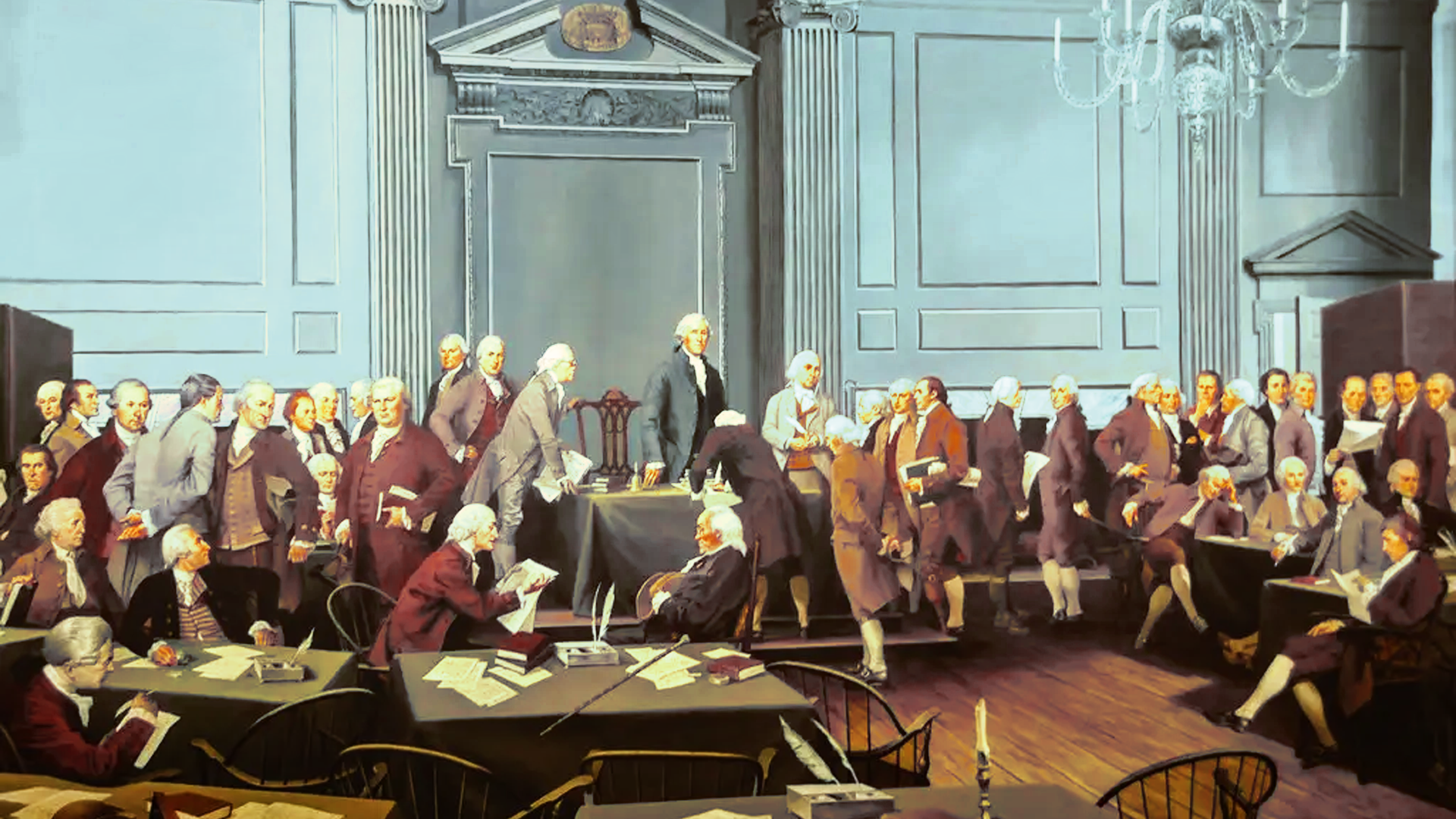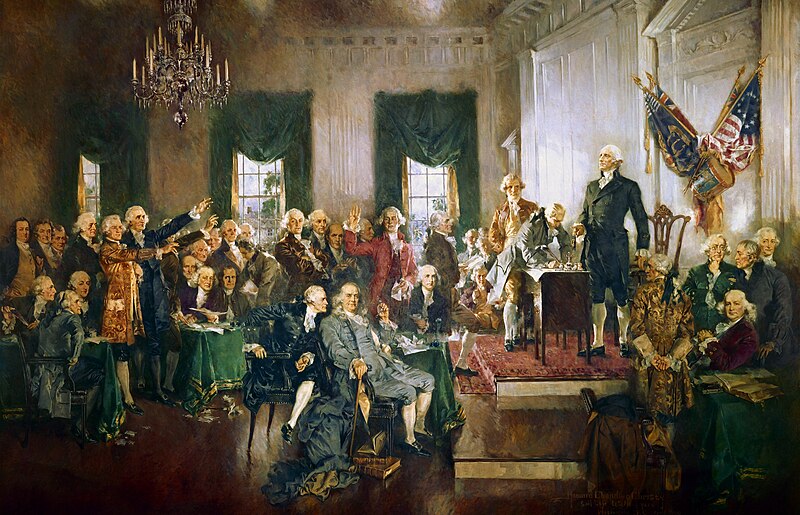From Articles to the Constitution

The U.S. Constitution replaced the Articles of Confederation to fix a government that couldn't govern.
The Dive
Imagine trying to run a country where the national government can’t collect taxes, can’t regulate trade, and can’t enforce laws. That was America under the Articles of Confederation. It was more like 13 countries loosely agreeing to get along. Each state had one vote in Congress, regardless of population, and any major decision required 9 out of 13 states to agree. Changing anything? That needed all 13. Good luck with that.
There was no president. No national court system. Congress couldn’t even make states pay their fair share of war debts. When Massachusetts farmers rebelled in 1786 (Shays’ Rebellion), the national government was too weak to stop it. That was a wake-up call. If the government couldn’t protect its people, or pay its bills, something had to change.
In 1787, 55 delegates gathered in Philadelphia. The goal? Fix the Articles. But they quickly realized patchwork repairs wouldn’t cut it. What followed was months of intense debate that would eventually produce a brand new plan: the U.S. Constitution.
But agreeing on a new government wasn’t easy. Delegates had to tackle big issues, like how states would be represented in Congress. Big states wanted it based on population. Small states wanted equal say. The solution? The Great Compromise: a two-house Congress with one chamber (House of Representatives) based on population and the other (Senate) giving each state two votes.
Then came the fight over federal power. Some leaders, known as Federalists, believed the Constitution struck the right balance by giving more power to the central government while still protecting liberty. Others, called Anti-Federalists, were worried. They feared this new Constitution created a government too much like the British monarchy they’d just escaped.
The Anti-Federalists demanded stronger protections for individual rights. The result? A promise: the Bill of Rights would be added after ratification. Without that promise, the Constitution might never have passed. Ironically, it was James Madison, one of the biggest Federalists, who later wrote and championed the Bill of Rights.
The Constitution gave the new federal government the power to tax, regulate trade, maintain a military, and create a system of federal courts. It also divided government into three branches (legislative, executive, and judicial) each with checks on the others to avoid tyranny.
Some states still resisted. In Rhode Island, nearly 1,000 armed protesters marched on the capital to stop ratification. Other states refused to sign without guarantees that amendments would follow. Slowly, state by state, compromises were made. In 1788, the ninth state (New Hampshire) ratified the Constitution, and the new government was born.
In 1791, the first ten amendments, now known as the Bill of Rights, were officially added. These amendments guaranteed freedoms like speech, religion, the press, and protection from unreasonable searches and seizures. They became a foundation for what it means to be free in America.
The shift from the Articles of Confederation to the Constitution was messy, hard-fought, and far from perfect. But it laid the groundwork for a government that could grow with its people, and be held accountable by them. That idea? Still radical. Still powerful. Still unfinished.
Why It Matters
The Constitution didn’t just replace a failed system, it redefined what American government could be. It created a stronger national government while protecting individual rights through amendments. Every major debate today, from states' rights to free speech, can be traced back to these foundational questions. Understanding the shift from the Articles to the Constitution helps us understand how democracy is built, challenged, and constantly revised.
?
What problems did the Articles of Confederation create for early America?
Why did some states refuse to ratify the Constitution at first?
How does the Bill of Rights protect individual freedom?
What would government look like today if we still had the Articles of Confederation?
Why do you think some people feared a strong central government?
Dig Deeper
How did a meeting intended to revise the Articles of Confederation lead to the new Constitution for the United States? Discover how a handful of men--sitting in sweltering heat and shrouded by secrecy--changed the course of history for America in 1787.
John Green teaches you about the United States Constitution. During and after the American Revolutionary War, the government of the new country operated under the Articles of Confederation. While these Articles got the young nation through its war with England, they weren't of much use when it came to running a country. So, the founding fathers decided to try their hand at nation-building, and they created the Constitution of the United States, which you may remember as the one that says We The People at the top.
Related

Building a New Nation: Foundations of State and National Government
From the shaky Articles of Confederation to the Constitution and Bill of Rights, discover how America’s founders navigated the turbulent waters of self-government—and why North Carolina took its time joining the party.

Federalists vs. Anti-Federalists: The Battle That Built the Constitution
One side feared chaos. The other feared tyranny. Together, they gave us the Constitution—and the Bill of Rights.

The Constitutional Convention: Building a More Perfect Mess
In the summer of 1787, 55 men locked themselves in a room to fix the government—and ended up rewriting it from scratch. What came out wasn’t perfect, but it changed everything.
Further Reading
Stay curious!
